Agriculture has always been the backbone of human civilization. From manual labor and simple tools to mechanized farming, the evolution of agricultural technology has been extraordinary. Today, some agricultural machines operate at an insane level, increasing productivity, efficiency, and sustainability. In this guide, we explore the most impressive modern farming machinery, their uses, and how they are transforming agriculture globally.
Why Agricultural Machines Are Crucial
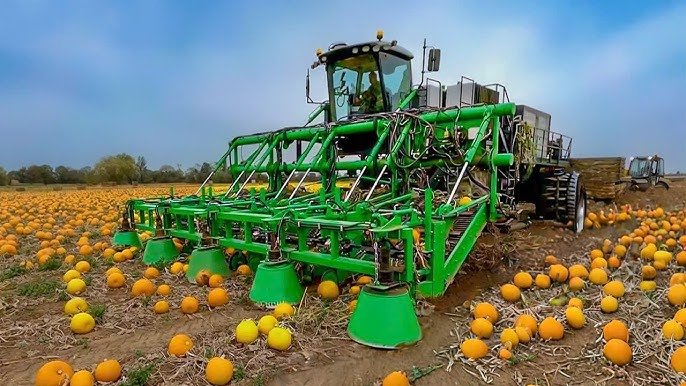
Modern agriculture faces challenges like growing population, limited labor, and the need for sustainable practices. Advanced machinery helps address these issues by:
- Boosting Productivity: Machines can perform tasks faster than human labor.
- Reducing Labor Costs: Fewer workers are needed for large-scale operations.
- Ensuring Precision: Modern machines use GPS and sensors for accurate planting, watering, and harvesting.
- Sustainability: Machines optimized for efficiency reduce waste and environmental impact.
From plowing fields to harvesting crops at record speeds, agricultural machines are redefining how farming is done.
Step 1: Tractors – The Backbone of Modern Farming
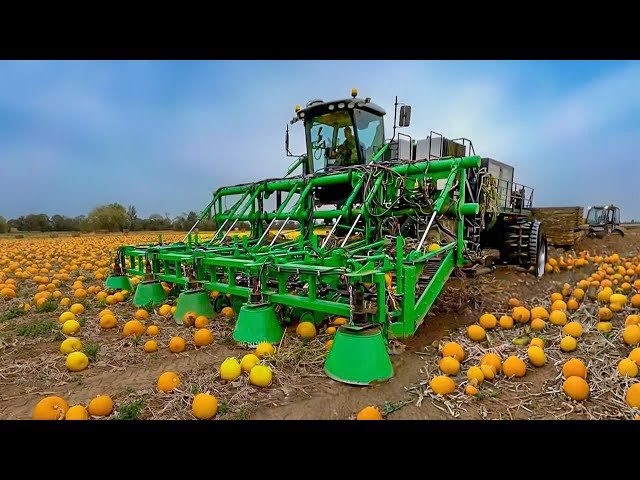
Tractors are the most recognizable farming machines, but today’s models go far beyond basic plowing and hauling:
- High Horsepower: Modern tractors operate with hundreds of horsepower, capable of towing multiple implements simultaneously.
- GPS-Guided Steering: Precision farming tractors use GPS to plant seeds accurately, reducing overlap and maximizing yield.
- Multi-Functionality: Tractors now perform plowing, seeding, spraying, and even harvesting, making them indispensable.
With these innovations, tractors are operating at an insane level, handling multiple tasks efficiently and reducing time and labor costs.
Step 2: Combine Harvesters – Efficiency Redefined
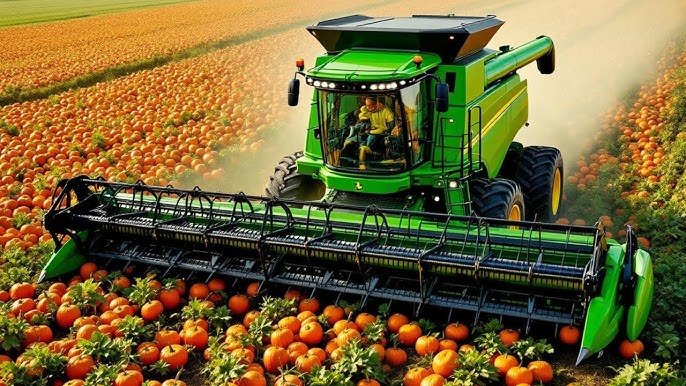
Combine harvesters are among the most impressive agricultural machines:
- Functionality: They cut, thresh, and separate grains in a single operation.
- Capacity: Large combines can harvest hundreds of acres per day.
- Technology: Modern models feature automated grain flow control, moisture sensors, and GPS mapping.
By integrating cutting-edge technology, combine harvesters dramatically increase yield while reducing manual labor.
Step 3: Planters and Seeders – Precision at Its Best
Planting is one of the most critical stages in crop production. Advanced planters and seeders ensure:
- Accurate Spacing: Seeds are sown at consistent depths and distances, optimizing growth.
- Multiple Crop Handling: Machines can plant various seeds simultaneously, including corn, wheat, and soybeans.
- Efficiency: Large-scale planters cover several acres in hours, something impossible with manual planting.
Precision planting maximizes crop potential and reduces seed wastage, making it a game-changer for farmers worldwide.
Step 4: Irrigation Machines – Smart Water Management

Water is essential for crop growth, and modern irrigation machines ensure efficient water distribution:
- Center-Pivot Irrigation: Machines rotate in a circular pattern, covering vast areas uniformly.
- Drip Irrigation Systems: Deliver water directly to plant roots, minimizing evaporation.
- Automated Scheduling: Smart systems adjust watering based on soil moisture, rainfall, and crop type.
These irrigation innovations save water, reduce costs, and enhance crop health, allowing agriculture to thrive even in water-scarce regions.
Step 5: Sprayers and Drones – Smart Crop Protection
Pest control and fertilization are crucial for high yields:
- Self-Propelled Sprayers: Cover large fields with precise chemical application, reducing overuse.
- Drone Technology: Agricultural drones monitor crops, detect diseases early, and spray fertilizers or pesticides efficiently.
- Variable Rate Technology (VRT): Machines adjust the amount of input applied based on crop needs, improving yield and sustainability.
Using drones and smart sprayers, farmers protect crops effectively while minimizing environmental impact.
Step 6: Harvesting Machines Beyond Combines
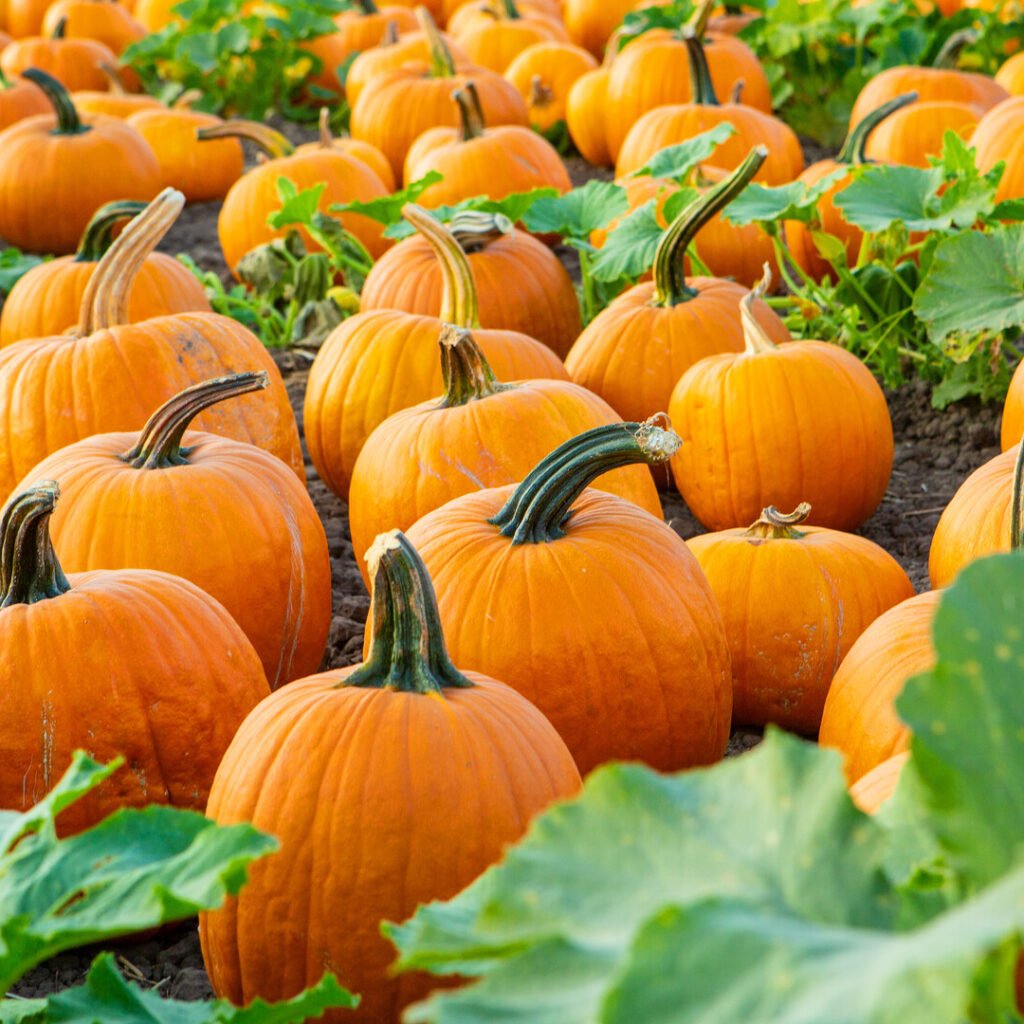
Apart from grain crops, specialized harvesting machines handle fruits, vegetables, and other crops:
- Potato Harvesters: Lift potatoes from soil, separating them from dirt with minimal damage.
- Fruit Pickers: Machines with suction or mechanical arms harvest fruits without bruising.
- Cotton Pickers: Efficiently remove cotton bolls from plants, reducing labor-intensive manual picking.
These machines operate at insane efficiency levels, making harvesting faster, safer, and less labor-intensive.
Step 7: Post-Harvest Machinery
Farming doesn’t end at harvesting; processing and packaging are equally important:
- Sorting and Grading Machines: Automatically sort fruits and vegetables based on size, color, and quality.
- Packing Machines: Pack produce into crates, boxes, or bags efficiently for transport.
- Cold Storage Handling: Machines move harvested crops to temperature-controlled storage, preserving freshness.
Post-harvest machines ensure the produce reaches consumers in the best condition, reducing waste and increasing profits.
Step 8: The Role of Automation and AI in Agriculture
Modern agriculture is increasingly driven by AI, robotics, and automation:
- Autonomous Tractors and Harvesters: Operate with minimal human supervision.
- Predictive Analytics: AI predicts pest outbreaks, crop diseases, and optimal harvest times.
- Robotic Weeders: Machines identify weeds and remove them selectively without harming crops.
These technologies allow farms to operate at an insane scale and efficiency, transforming agriculture into a tech-driven industry.
Benefits of Using Advanced Agricultural Machines
- Time Efficiency: Tasks that took days manually can now be completed in hours.
- Reduced Labor Costs: Fewer workers are needed for large-scale operations.
- Higher Yield: Precision planting, irrigation, and harvesting maximize productivity.
- Sustainability: Efficient input use reduces waste, energy, and environmental impact.
- Quality Produce: Mechanized handling reduces damage and improves consistency.
By adopting modern machinery, farms can achieve record-breaking yields while conserving resources.
Tips for Farmers to Maximize Machine Efficiency
- Invest in regular maintenance to ensure machines operate at peak performance.
- Train operators to handle machines efficiently and safely.
- Implement precision farming tools like GPS, sensors, and drones.
- Monitor and analyze crop and soil data to optimize machine usage.
- Combine mechanization with sustainable farming practices for long-term productivity.
With these strategies, farmers can fully harness the power of advanced agricultural machines.
Conclusion
The evolution of agricultural machines has reached an insane level, revolutionizing the way farming is done. From high-tech tractors and combine harvesters to drones, robotic weeders, and automated post-harvest equipment, modern machinery enhances productivity, sustainability, and profitability. These machines allow farmers to feed a growing global population efficiently while reducing labor and resource use.
As agriculture continues to embrace technology, we can expect even more innovative machines and smart farming solutions that will transform the future of food production. Watching these machines operate at an insane level is not just impressive—it’s a glimpse into the future of farming.
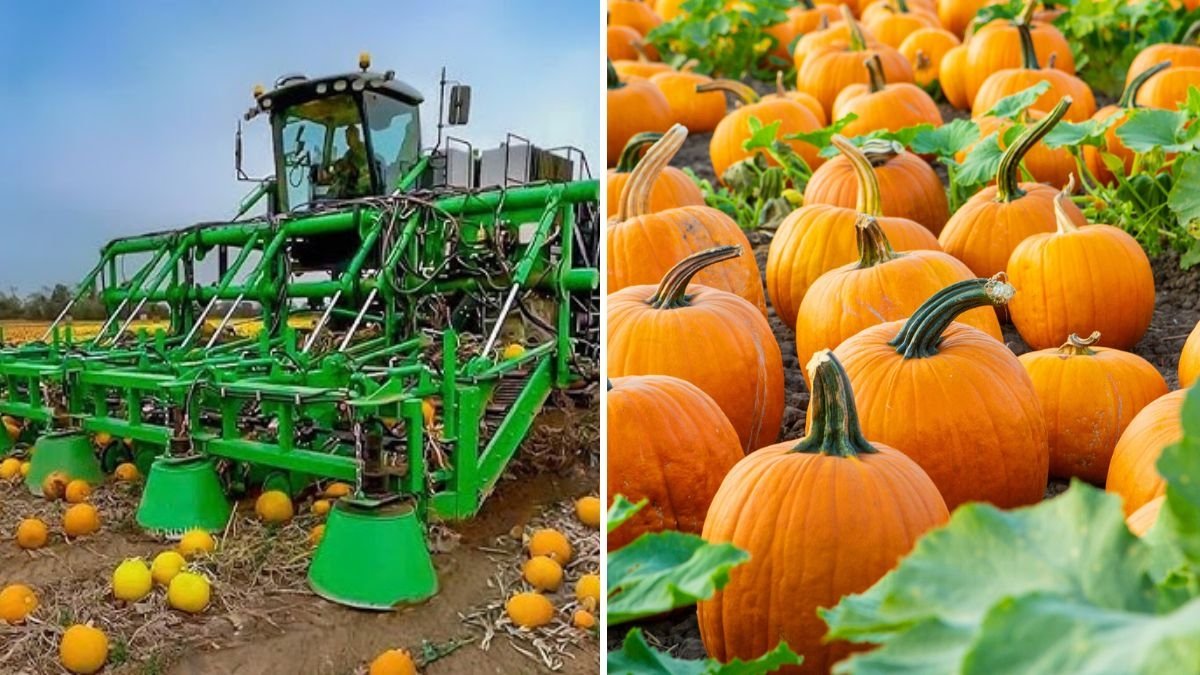
Leave A Comment